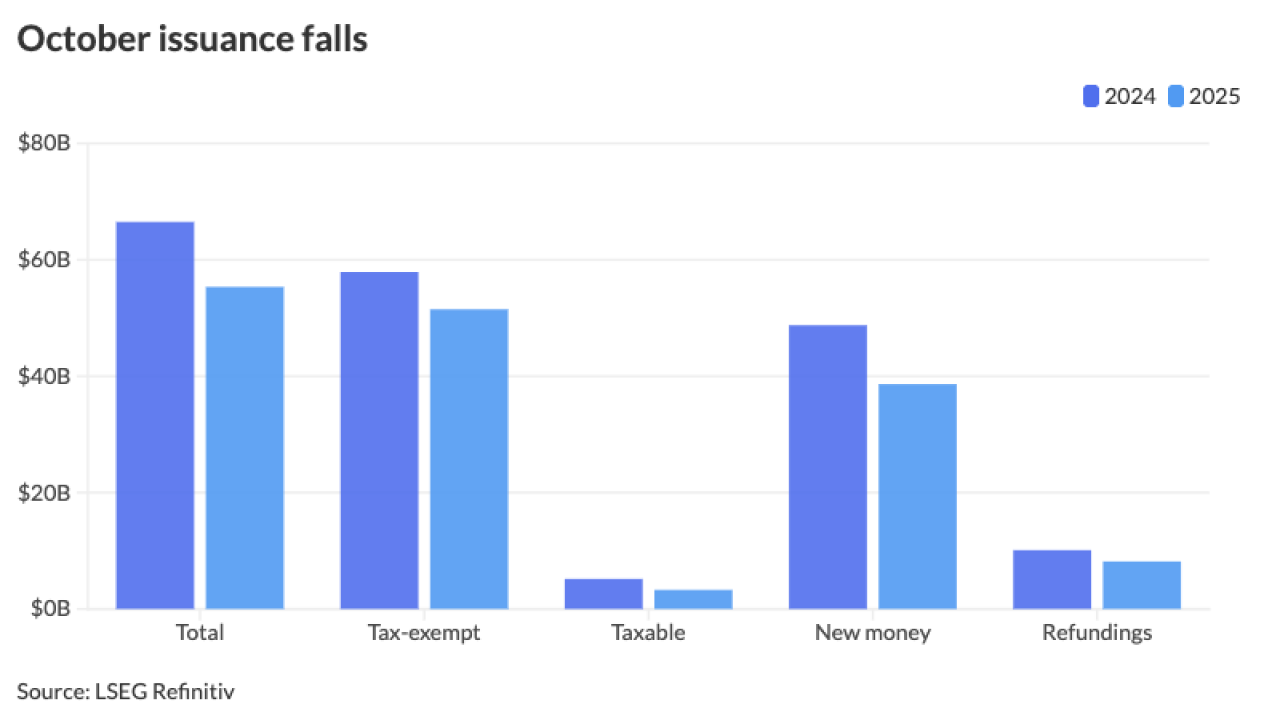CHICAGO – Burdensome unfunded pension liabilities will remain for Minnesota local governments even after adoption of a state and local government pension reform package Moody’s Investors Service labeled a “positive” for credit profiles.
The

“The changes are credit positive for the state and its local governments because they will reduce unfunded pension liabilities and improve plan funding,” Moody’s wrote in an outlook commentary this week.
The encouraging assessment was tempered with the warning that “even after the changes, however, local governments across Minnesota, particularly school districts, will continue to face high pension burdens,” Moody’s said. “Based on a lengthy and back-loaded 30-year amortization period as a funding target, contributions are unlikely to tread water for at least several years, even if the plans hit their investment return targets.”
For school districts, contributions to the Teachers Retirement Association or TRA will gradually increase to 8.75% of payroll in 2024 from the current rate of 7.5%. For cities and counties, which are members of the Public Employees Retirement Association, contributions to the police and fire plan will increase to 17.7% by 2020 from the current rate of 16.2%. Employer contributions for the PERA general employee and the PERA correctional plans will remain at the current rates of 7.5% and 8.75%, respectively.
The state will raise aid levels to districts to offset the impact through 2024 while local governments must cover their higher contribution levels. “Because employer contribution requirements will not rise significantly, local governments are unlikely to contend with material budget strain from the increases,” Moody’s said.
On the benefit site, cost-of-living adjustments are cut for some and automatic COLA triggers when funding targets are met were eliminated for some plans.
Moody’s said based on its assessment of data from the Minnesota Legislative Commission on Pensions and Retirement, the teachers’ fund is expected to see a 20% reduction in its unfunded liabilities but “even after the reduction, the plan's reported unfunded liability will still total approximately 150% of payroll, roughly double the level of 10 years ago.”
When adjusted by Moody’s based on various actuarial factors it applies, TRA will see a 15% reduction of pension liabilities to $24 billion. The drop is less substantial for the local PERA plans because the COLA change is more dramatic for TRA.
The pension package passed
“The state has primarily addressed unfunded pension liabilities through benefit changes as opposed to material increases in government contributions,” Moody’s wrote. “Large unfunded liabilities will remain even after Minnesota's recent actions and, if they continue to grow, the state's practical and political capacity to primarily rely on employee benefit reductions rather than increased government contributions to combat them is uncertain.”
The package covers all statewide cost-sharing, multiple-employer pension plans. Members include teachers, firefighters, judges, pilots, and other state and local government employees, and the changes impact 173,000 retirees and 511,000 beneficiaries.
Gov. Mark Dayton signed it in late May. The package carried the endorsement of pension fund boards, retiree associations, and local government organizations, and no one has publicly threatened a legal challenge to the benefit cuts.
The benefit, funding, and actuarial changes enacted in
The overhaul is designed to put the state on path to fully fund its pensions within 30 years. The





